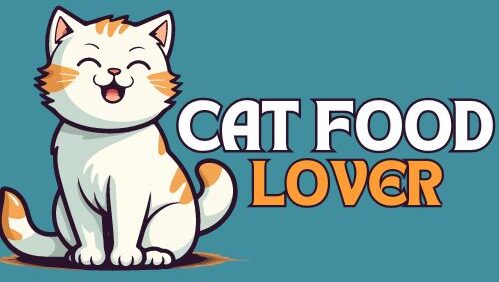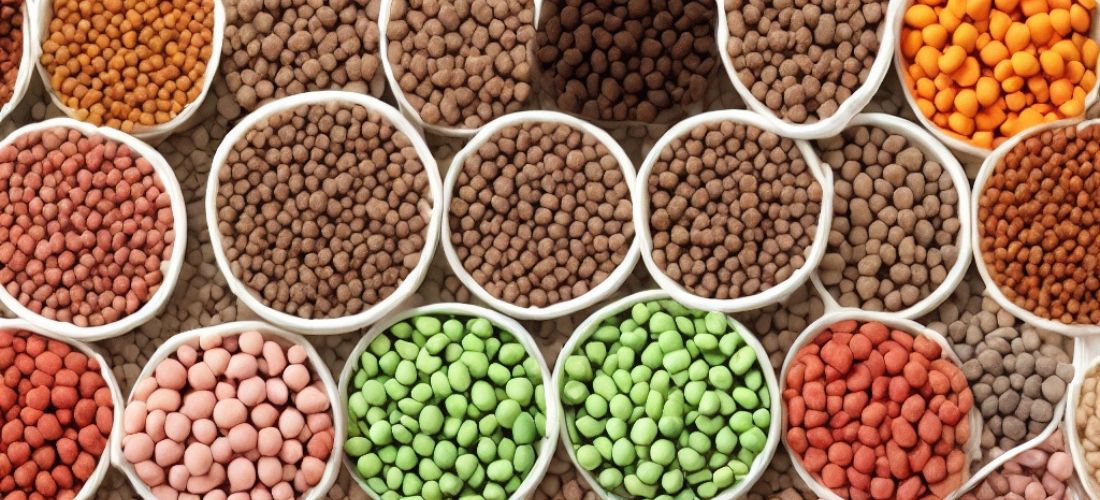How many types of cat food? When it comes to nourishing our feline companions, cat owners are presented with a diverse array of food options tailored to meet their pets’ nutritional needs and preferences. Broadly categorized, cat food typically falls into three main types: dry kibble, wet canned food, and raw diets. Each type offers distinct benefits and considerations, influencing the choices made by pet owners to ensure their cats receive optimal nutrition.
Dry kibble stands out for its convenience and affordability, often containing a balanced mix of essential nutrients. Its crunchy texture can also help maintain dental health by reducing plaque buildup. In contrast, wet canned food boasts higher moisture content, making it an appealing choice for cats with hydration concerns or those who simply prefer the taste and texture. This type of food tends to offer a wider range of flavors and textures, catering to even the pickiest eaters.
How many types of cat food?
There are three main types of cat food: dry kibble, wet canned food, and raw diets.
Three Main Types of Cat Food
When it comes to feeding our feline companions, cat owners are faced with a multitude of options, each with its own set of benefits and considerations. Understanding the three main types of cat food can help pet owners make informed decisions about what to feed their beloved cats.
1. Dry Kibble
Convenience and Affordability: Dry kibble is perhaps the most convenient option for cat owners. It has a long shelf life, does not require refrigeration, and is generally more affordable compared to other types of cat food.
Dental Health: Many dry kibble formulas are designed to promote dental health by reducing plaque and tartar buildup. The crunchy texture of kibble helps to scrape away debris from the teeth, contributing to better oral hygiene in cats.
2. Wet Canned Food
High Moisture Content: Wet canned food typically contains a higher moisture content compared to dry kibble. This makes it an ideal choice for cats who may not drink enough water on their own or for those with urinary tract issues.
Palatability: Cats often find wet canned food more palatable due to its rich flavors and soft texture. This can be particularly beneficial for picky eaters or cats with dental problems who may struggle to chew dry kibble.
3. Raw Diets
Natural Diet Mimicry: Raw diets aim to mimic the natural diet of cats in the wild, consisting primarily of raw meat, bones, and organs. Advocates argue that this type of diet is more biologically appropriate for cats and can lead to improved overall health.
Potential Risks: While raw diets have gained popularity among some cat owners, they also come with potential risks. Improperly prepared raw food can harbor harmful bacteria such as Salmonella or E. coli, posing a risk to both cats and their human caregivers
What type of food is best for cats?
The best type of food for cats depends on their individual needs and preferences. Generally, a balanced diet consisting of high-quality ingredients is recommended. Wet canned food is often praised for its high moisture content and palatability, while some owners prefer dry kibble for its convenience. Raw diets are also gaining popularity, but they require careful preparation to ensure nutritional adequacy and safety.
Conclusion
The three main types of cat food—dry kibble, wet canned food, and raw diets—each offer distinct advantages and considerations. While dry kibble is convenient and affordable, wet canned food provides high moisture content and palatability. Raw diets aim to mimic a cat’s natural diet but require careful preparation. Ultimately, the best choice depends on the individual needs and preferences of the cat, guided by veterinary advice.
FAQs
How do manufacturers make cat food?
Cat food is made by blending and cooking ingredients like meats, grains, and vegetables, then processing the mixture through methods like extrusion or canning before packaging and distribution.
What are cats’ main foods?
Cats’ main foods include protein sources such as meat and fish, supplemented with essential nutrients like taurine, vitamins, and minerals. They may also consume small amounts of carbohydrates and fiber.

